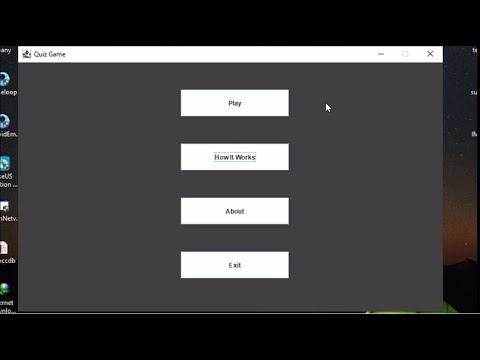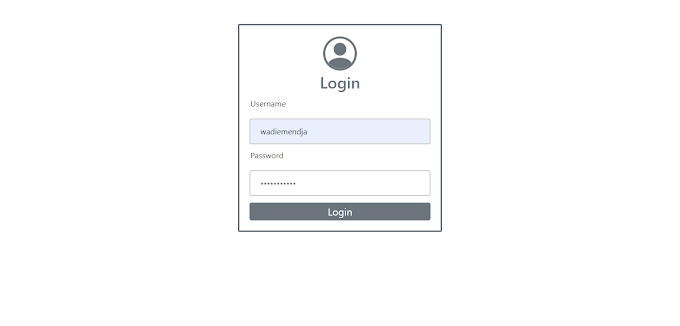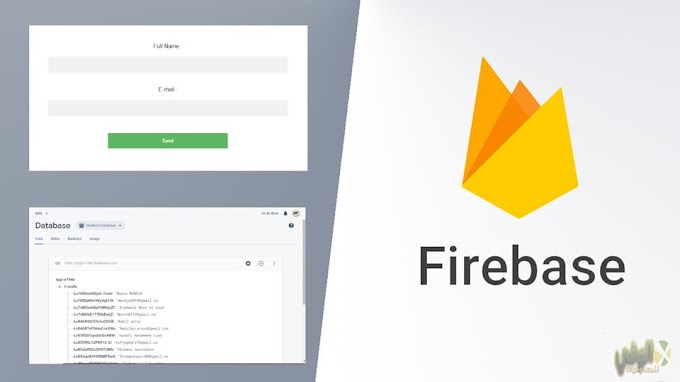Before we start you need to know some stuff like:
1- Executing Code at Regular Intervals:
you can use the setInterval() function to execute a function or specified piece of code repeatedly at fixed time intervals. Its basic syntax is setInterval(function, milliseconds).
This function also accepts two parameters: a function, which is the function to execute, and interval, which is the number of milliseconds representing the amount of time to wait before executing the function (1 second = 1000 milliseconds).
2- Executing Code After a Delay:
The setTimeout() function is used to execute a function or specified piece of code just once after a certain period of time. Its basic syntax is setTimeout(function, milliseconds).
3- Stopping Code Execution:
After referring an interval or a timeout to a variable you can use that variable to disable or clear the timer and stop the execution of code beforehand. Clearing a timer can be done using two functions: clearTimeout() and clearInterval().
A) Count Up Timer:
Here is some basic HTML:
JavaScript code:
As you can see we've used "setInterval" method which is gonna execute that same inner code every 999ms (1s-1ms).
What that inner code does is:
What that inner code does is:
- increment the "sec" variable every 999ms.
- if sec was different than 59s then take the sec value and put it the span with the id "sec".
- else (which is if sec==59s) then sec=0 and min++, then take the "min" variable and put its value on the span with the id "min".
Live Example:
00:00
B) Countdown Timer:
What the code below does is:
- decrement the "sec" variable every 999ms.
- if sec was different than 0s then take the sec value and put it the span with the id "sec".
- else (which is if sec==0s) then sec=59 and min--, then take the "min" variable and put its value on the span with the id "min".
Live Example:
00:00
If we want to start the timer after a delay lets say 5s, all we need to do is add setTimeout(timer(),5000),
timer() is a function that contain the code above.
If we want tot stop the timer: clearInterval(Interval_ID);






0 Comments